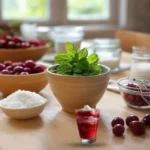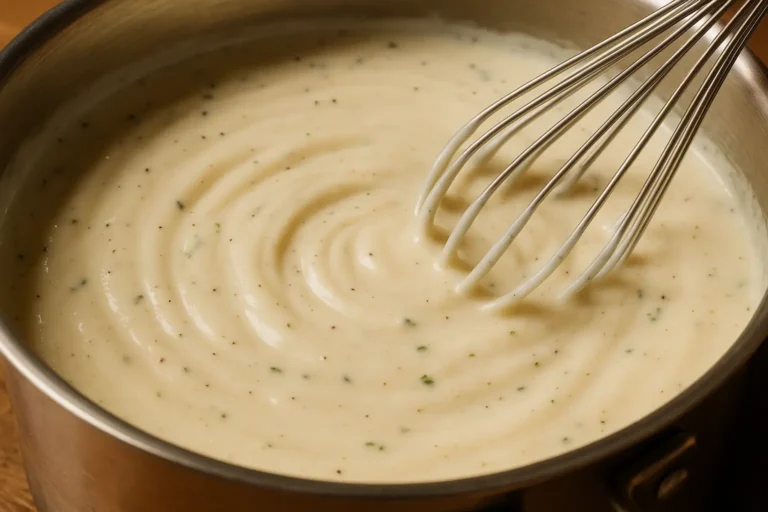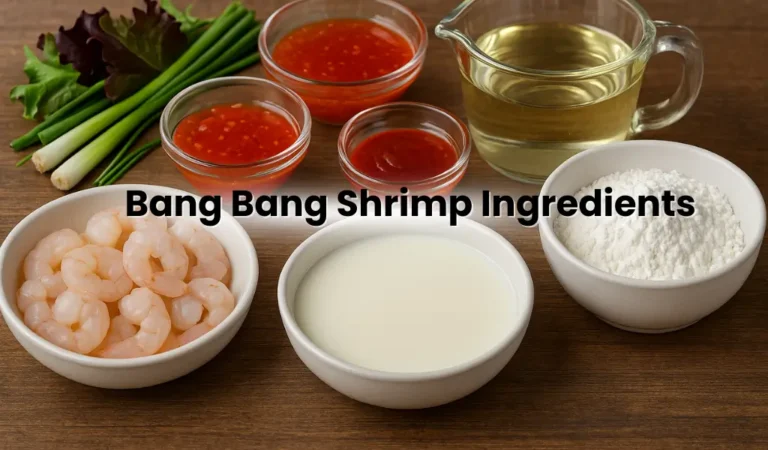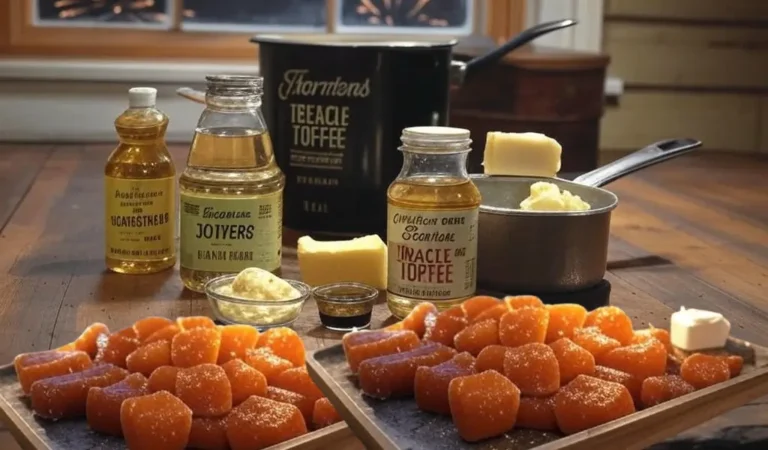Best Chokecherry Pudding Recipe for a Wildly Tasty Dessert
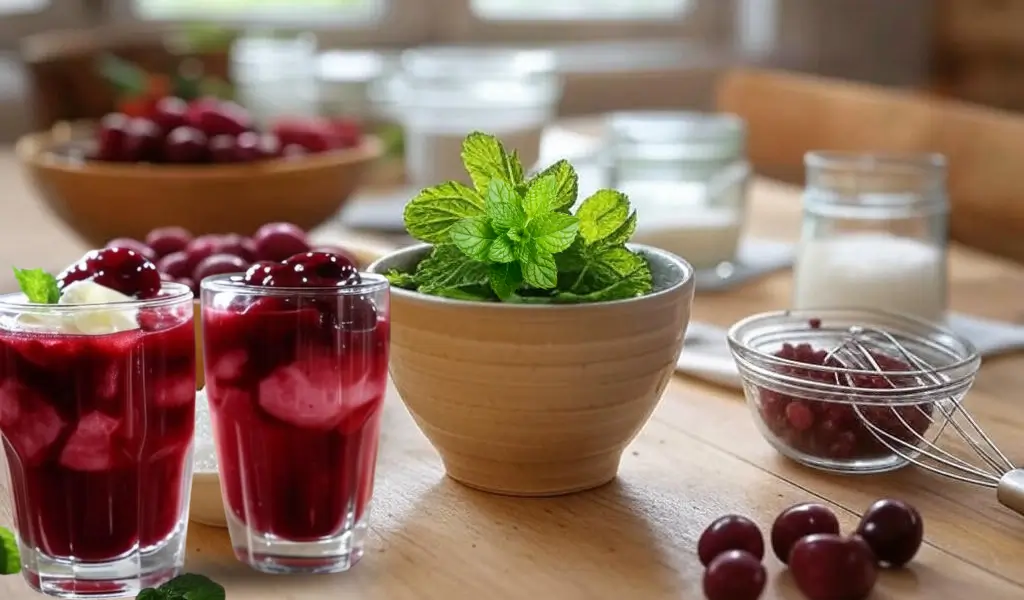
Chokecherries are small, wild fruits native to North America, known for their bold tart flavor and deep purple color. Once a staple for Native American tribes, these berries continue to inspire creative recipes. Among the most unique ways to enjoy them is traditional chokecherry pudding recipe which is a wild fruit dessert loved for its rustic charm and natural goodness.
No matter, foraged or bought, chokecherries offer a taste of tradition and wilderness. This article explores the background, health benefits, and kitchen tips for making your own chokecherry pudding, perfect for foraged recipe fans and adventurous dessert lovers.
The History of Chokecherries in Cuisine
Native American tribes Used them by centuries , because chokecherries were more than food, they were part of life and survival. Their deep color and intense flavor made them a prized ingredient in traditional diets and ceremonies.
Historically, chokecherries were:
- Ground and dried for pemmican
- Made into jams, syrups, and puddings
- Used in tribal rituals and celebrations
These berries symbolize resilience, thriving in the wild with minimal care. By using chokecherries today, we honor those traditions while bringing forgotten flavors back to our tables.
Nutritional Profile of Chokecherries
Chokecherries aren’t just tasty, they’re good for you! Packed with nutrients, they rival more common berries in health benefits.
Health Benefits Include:
- Antioxidants: Fight free radicals and inflammation
- Vitamin C: Supports immune health
- Fiber: Helps digestion and keeps you full longer
Compared to store-bought berries, chokecherries are often less processed and richer in natural nutrients, making them a fantastic wild food choice.
Traditional Chokecherry Pudding Recipe
Equipment
- Saucepan
- Whisk or spoon
- Blender
- Small bowl
- Measuring cups & spoons
- 2 serving glasses
Ingredients
Cherry Sauce:
- 1 ½ cup cherry (from jar/glass, store-bought)
- ¼ cup granulated sugar
- 2 teaspoons corn starch or plain flour
- 3 tablespoons water
Cherry Pudding:
- 4 tablespoons granulated sugar
- 500 ml cherry juice (blend 1 cup cherries + 1 cup water)
- 1 sachet strawberry pudding mix (store-bought)
- Whipped cream, for garnish
Instructions
For the Cherry Sauce:
- In a small saucepan, combine cherries and sugar. Cook over medium heat until sugar dissolves, about 5 minutes.
- In a small bowl, mix flour (or corn starch) with water until smooth.
- Lower the heat and stir the mixture into the saucepan. Stir constantly until thickened.
- Remove from heat and let it cool.
For the Cherry Pudding:
- In a clean saucepan, add cherry juice, sugar, and the pudding mix.
- Cook over medium heat while stirring until the mixture thickens and begins to bubble.
- Pour the pudding into two glasses. Let cool at room temperature, then refrigerate until fully set.
To Serve:
- Top each chilled pudding with the cherry sauce and a dollop of whipped cream. Serve cold.
Notes
- You can replace the strawberry pudding mix with vanilla or cherry flavor if preferred.
- For a deeper cherry flavor, use dark sweet cherries.
- Garnish with fresh cherries or chocolate shavings for an extra touch.
Foraging for Chokecherries
Foraging chokecherries can be a rewarding experience, especially if you love nature and wild ingredients. Look for trees with oval, serrated leaves and dark red to purple fruit hanging in long clusters. They usually ripen from late summer to early fall. Be cautious not to confuse them with lookalike berries—always double-check before harvesting.
Foraging Tips:
- Best Time to Harvest: Late summer to early fall
- Avoid: Roadsides, sprayed areas, or spoiled fruit
- Safety Tip: Don’t eat raw seeds—they contain cyanogenic compounds
With a little care, you can enjoy a truly wild harvest.
Preparing Chokecherries for Your Kitchen
Before making chokecherry pudding, you need to prepare the fruit correctly. Start by removing stems and washing the berries under cold water. Because chokecherries have pits, you can extract their juice or pulp by boiling and mashing the berries, then straining the mixture.
This removes the bitter seeds and leaves behind the flavorful base. You can freeze the pulp or juice for later use, ensuring it stays fresh. Clean, processed chokecherries are a great addition to many recipes, and a little preparation goes a long way in bringing out their best flavor.
What Makes Chokecherries Special?
Chokecherries stand out from the berry crowd not just for their bold flavor, but also for their cultural and ecological uniqueness.
Why Chokecherries Are Unique:
- Wild and Natural: Unlike cultivated fruits, chokecherries grow freely without pesticides or modification
- Culturally Rich: Deeply rooted in Native American and pioneer food traditions
- Bold Flavor Profile: Tart, tangy, and slightly sweet—perfect for creative desserts
Adding them to your kitchen isn’t just about taste—it’s a celebration of nature’s originality and culinary heritage.
Topping & Serving Ideas of Chokecherries Pudding
Want to make your chokecherry pudding unforgettable? A few extra touches can bring out its full potential.
These small details turn a homemade dessert into a restaurant-worthy treat all while keeping the wild, wholesome essence.
Conclusion
In conclusion, chokecherries bring a special mix of history, health, and flavor to your table. These wild berries have been loved since Native American times, offering a tasty link to the past. They’re packed with good stuff like antioxidants and vitamin C, plus they’re fun to forage if you enjoy nature.
Making chokecherry pudding is an easy way to turn these tart fruits into a yummy, rustic dessert. What makes it even better? It’s a treat that celebrates tradition and the wild outdoors. Want to give it a try? Check out our chokecherry pudding recipe and dig into this delicious adventure today!

